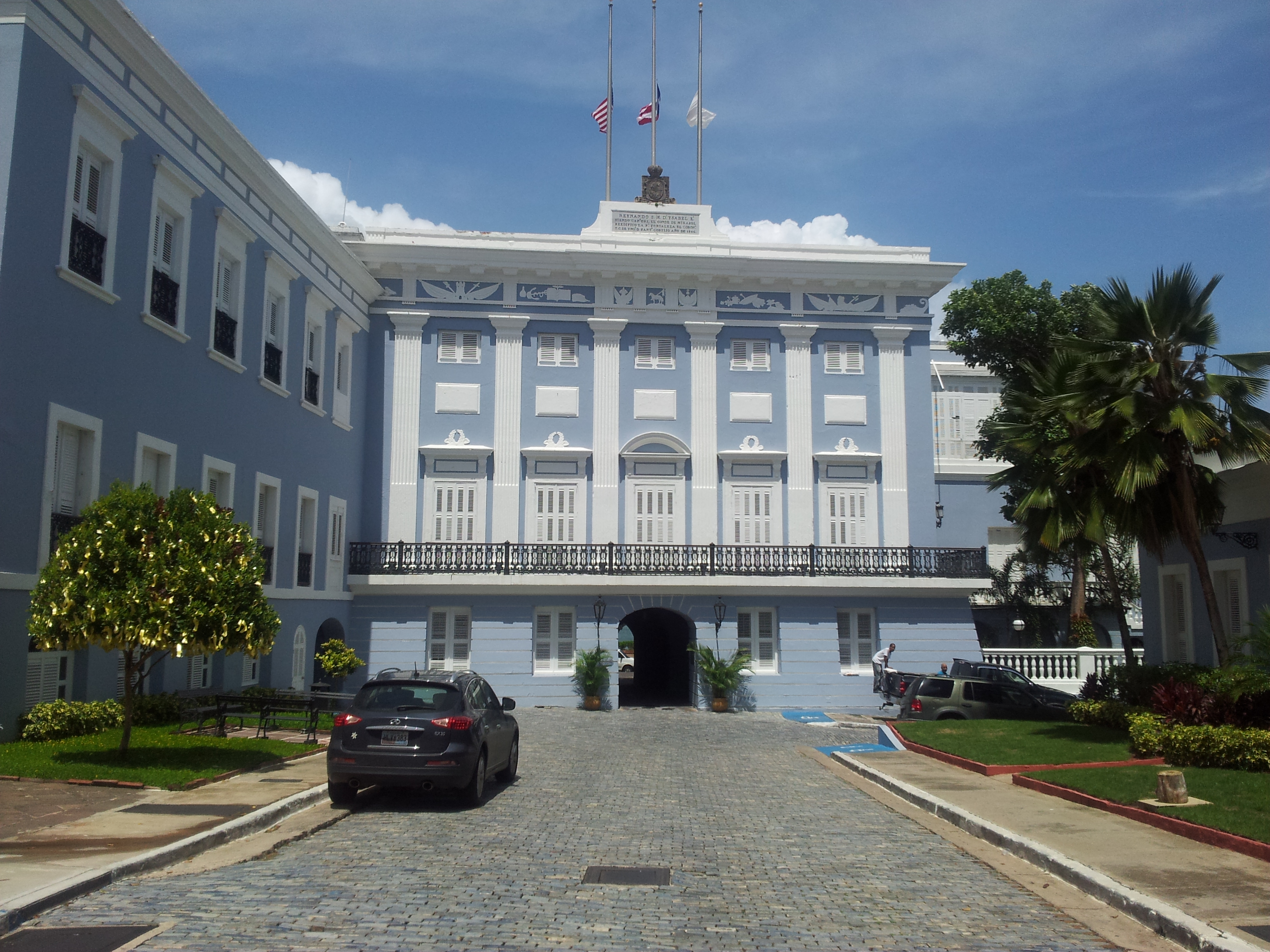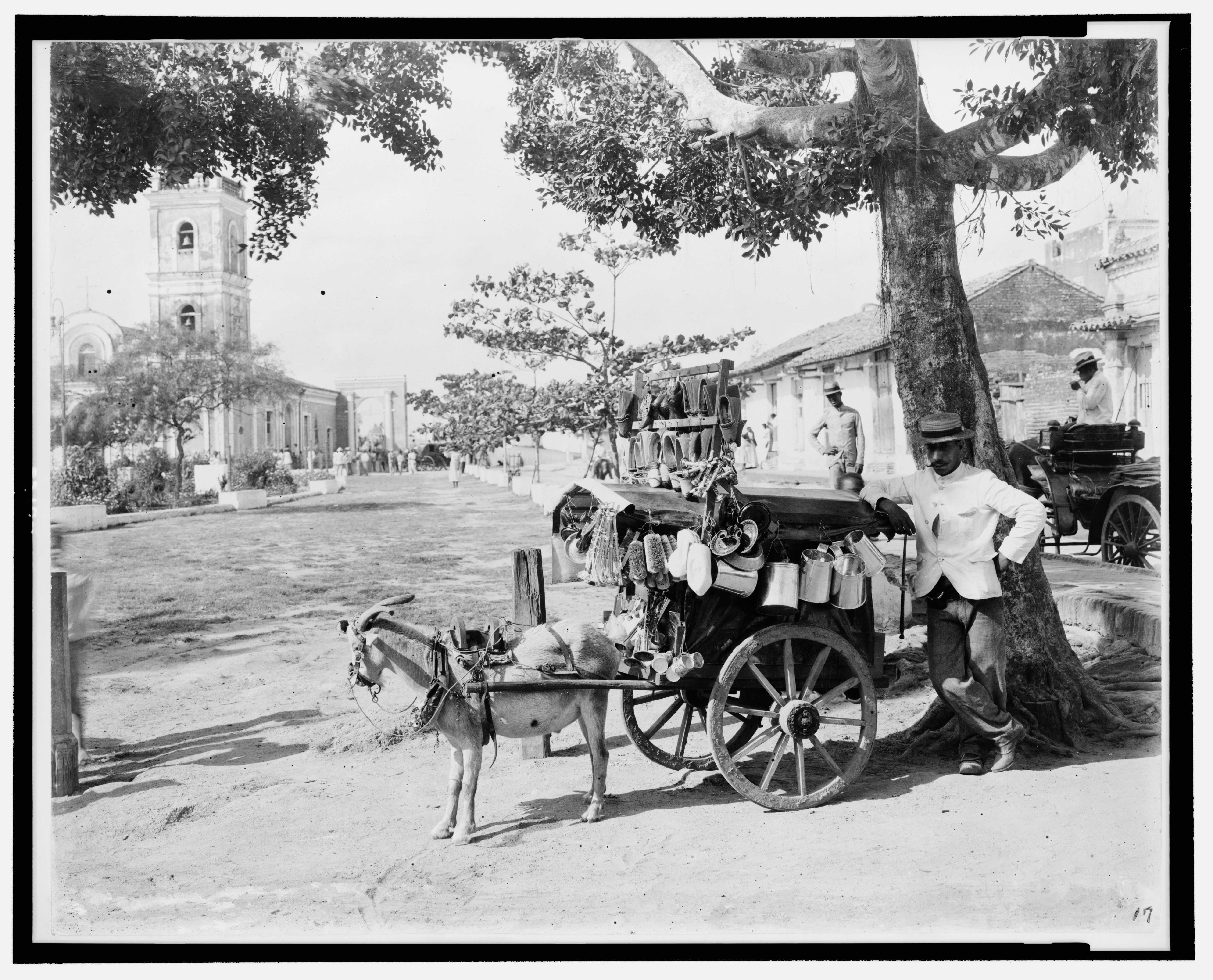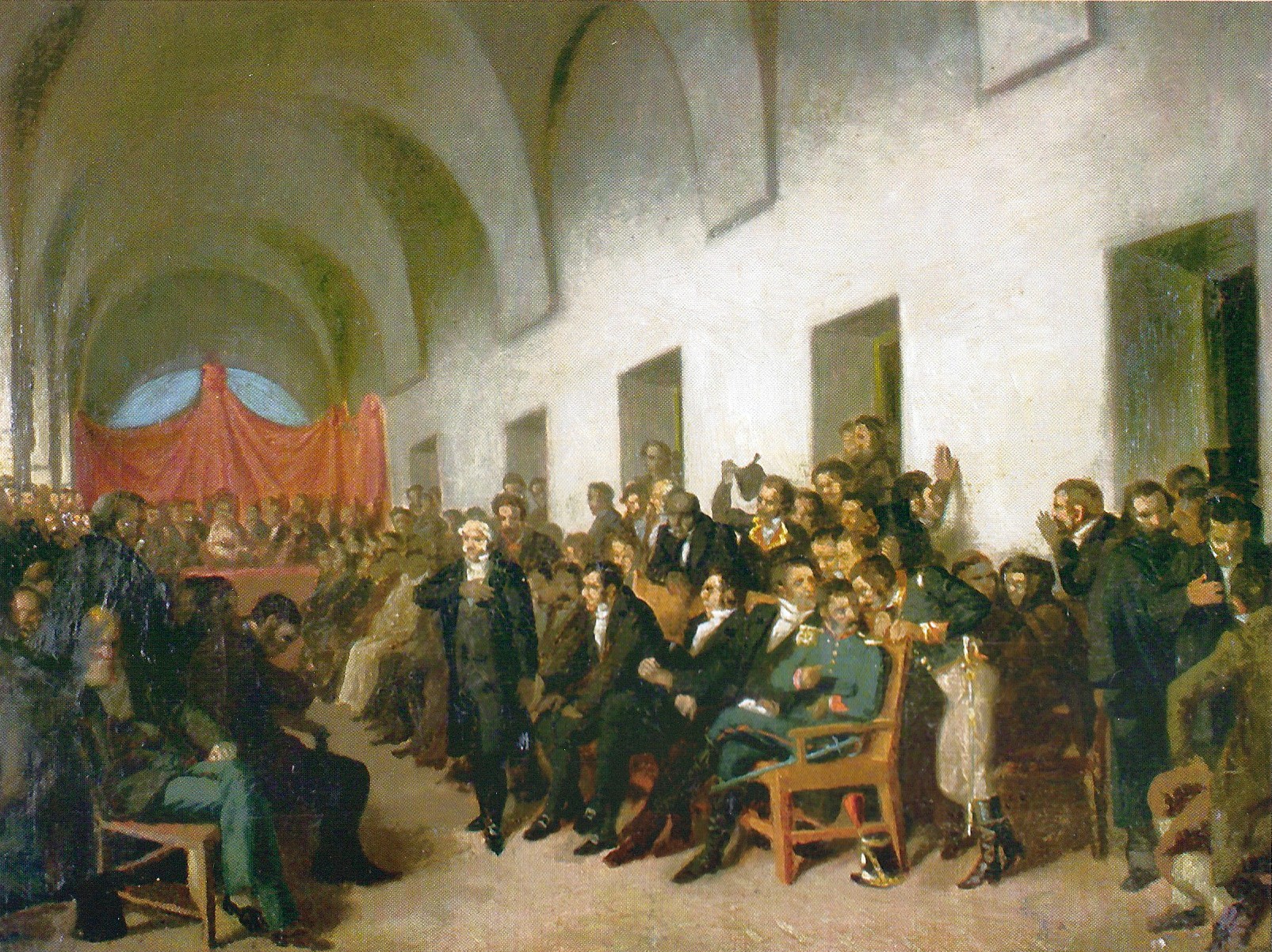|
List Of Governors In The Viceroyalty Of New Spain
Governors in the various provinces of the Viceroyalty of New Spain. In addition to governors, the following list (under construction) intends to give an overview of colonial units of the provincial level; therefore it also includes some offices of similar rank, especially the intendant. ''Intendente'' is both a Spanish and Portuguese word, derived from the French ''Intendant''. It was introduced to the Spanish Empire by the Bourbon Dynasty, which Spain shared with France after the early 18th century. This list also does not distinguish between ''Gobernaciones'' and ''Provincias'', because they were essentially two grades of provinces. Provinces under the Real Audiencia of Santo Domingo * Under the judicial jurisdiction of the Real Audiencia of Santo Domingo and the administrative supervision of its President-Captain General with great autonomy from the Viceroy of New Spain. Island of Santo Domingo * 1492‚Äď1499 Christopher Columbus, as Governor or Viceroy of the Indies. * 1499‚ ... [...More Info...] [...Related Items...] OR: [Wikipedia] [Google] [Baidu] |
Governors
A governor is an politician, administrative leader and head of a polity or Region#Political_regions, political region, ranking under the Head of State, head of state and in some cases, such as governor-general, governors-general, as the head of state's official representative. Depending on the type of political region or polity, a ''governor'' may be either appointed or elected, and the governor's powers can vary significantly, depending on the Public law, public laws in place locally. The adjective pertaining to a governor is gubernatorial, from the Latin root ''gubernare''. Ancient empires Pre-Roman empires Though the legal and administrative framework of provinces, each administrated by a governor, was created by the ancient Rome, Romans, the term ''governor'' has been a convenient term for historians to describe similar systems in ancient history, antiquity. Indeed, many regions of the pre-Roman antiquity were ultimately replaced by Roman 'standardized' provincial governments ... [...More Info...] [...Related Items...] OR: [Wikipedia] [Google] [Baidu] |
Spain
, image_flag = Bandera de Espa√Īa.svg , image_coat = Escudo de Espa√Īa (mazonado).svg , national_motto = ''Plus ultra'' (Latin)(English: "Further Beyond") , national_anthem = (English: "Royal March") , image_map = , map_caption = , image_map2 = , capital = Madrid , coordinates = , largest_city = Madrid , languages_type = Official language , languages = Spanish language, Spanish , ethnic_groups = , ethnic_groups_year = , ethnic_groups_ref = , religion = , religion_ref = , religion_year = 2020 , demonym = , government_type = Unitary state, Unitary Parliamentary system, parliamentary constitutional monarchy , leader_title1 = Monarchy of Spain, Monarch , leader_name1 = Felipe VI , leader_title2 = Prime Minister of Spain ... [...More Info...] [...Related Items...] OR: [Wikipedia] [Google] [Baidu] |
Crown Of Castille
The Crown of Castile was a medieval polity in the Iberian Peninsula that formed in 1230 as a result of the third and definitive union of the crowns and, some decades later, the parliaments of the kingdoms of Castile and León upon the accession of the then Castilian king, Ferdinand III, to the vacant Leonese throne. It continued to exist as a separate entity after the personal union in 1469 of the crowns of Castile and Aragon with the marriage of the Catholic Monarchs up to the promulgation of the Nueva Planta decrees by Philip V in 1715. In 1492, the voyage of Christopher Columbus and the discovery of the Americas were major events in the history of Castile. The West Indies, Islands and Mainland of the Ocean Sea were also a part of the Crown of Castile when transformed from lordships to kingdoms of the heirs of Castile in 1506, with the Treaty of Villafáfila, and upon the death of Ferdinand the Catholic. The discovery of the Pacific Ocean, the Conquest of the Aztec Empire, ... [...More Info...] [...Related Items...] OR: [Wikipedia] [Google] [Baidu] |
Juan Ponce De León
Juan Ponce de Le√≥n (, , , ; 1474 ‚Äď July 1521) was a Spanish explorer and '' conquistador'' known for leading the first official European expedition to Florida and for serving as the first governor of Puerto Rico. He was born in Santerv√°s de Campos, Valladolid, Spain in 1474. Though little is known about his family, he was of noble birth and served in the Spanish military from a young age. He first came to the Americas as a "gentleman volunteer" with Christopher Columbus's second expedition in 1493. By the early 1500s, Ponce de Le√≥n was a top military official in the colonial government of Hispaniola, where he helped crush a rebellion of the native Ta√≠no people. He was authorized to explore the neighboring island of Puerto Rico in 1508 and to take office as the first Governor of Puerto Rico by appointment of the Spanish crown in 1509. While Ponce de Le√≥n grew quite wealthy from his plantations and mines, he faced an ongoing legal conflict with Diego Col√≥n, the late ... [...More Info...] [...Related Items...] OR: [Wikipedia] [Google] [Baidu] |
List Of Governors Of Puerto Rico
: This list of governors of Puerto Rico includes all persons who have held that post, either under Spanish or American rule. The governor of Puerto Rico is the head of government of the Commonwealth of Puerto Rico. The position was first established by the Spanish Empire during the 16th century following the archipelago's colonization. The first person to officially occupy the position was Spanish conquistador Juan Ponce de León in 1509. At the time, the Spanish monarchy was responsible for appointing the functionary who would perform this office. The first native Puerto Rican to perform the function was Juan Ponce de León II, as interim governor in 1579. During this administration, all of those appointed to take the position had served another function within the empire's government or the Roman Catholic Church. In 1898, the United States invaded Puerto Rico and the Spanish government ceded control of the island to the United States. During the first two years, the entire ... [...More Info...] [...Related Items...] OR: [Wikipedia] [Google] [Baidu] |
Camag√ľey
Camag√ľey () is a city and municipality in central Cuba and is the nation's third-largest city with more than 321,000 inhabitants. It is the capital of the Camag√ľey Province. It was founded as Santa Mar√≠a del Puerto del Pr√≠ncipe in 1514, by Spanish colonists on the northern coast and moved inland in 1528, to the site of a Taino village named Camag√ľey. It was one of the seven original settlements (''villas'') founded in Cuba by the Spanish. After Henry Morgan burned the city in the 17th century, it was redesigned like a maze so attackers would find it hard to move around inside the city. The symbol of the city of Camag√ľey is the clayen pot or ''tinaj√≥n'', used to capture rain water and keep it fresh. Camag√ľey is also the birthplace of Ignacio Agramonte (1841), an important figure of the Ten Years' War against Spain. A monument by Italian sculptor Salvatore Buemi, erected in the center of the area to Ignacio Agramonte, was unveiled by his wife in 1912. It is composed of a ... [...More Info...] [...Related Items...] OR: [Wikipedia] [Google] [Baidu] |
Barbacoa
Barbacoa () is a form of cooking meat that originated in the Caribbean with the Taíno people, who called it by the Arawak word ''barbaca'', from which the term "barbacoa" derives, and ultimately, the word 'barbecue". In contemporary Mexico, it generally refers to meats or whole sheep or whole goats slow-cooked over an open fire or, more traditionally, in a hole dug in the ground covered with agave (''maguey'') leaves, although the interpretation is loose, and in the present day (and in some cases) may refer to meat steamed until tender. This meat is known for its high fat content and strong flavor, often accompanied with onions and cilantro (coriander leaf). Adaptations In the U.S., ''barbacoa'' is often prepared with parts from the heads of cattle, such as the cheeks. In northern Mexico, it is also sometimes made from beef head, but more often it is prepared from goat meat (''cabrito''). In central Mexico, the meat of choice is lamb, and in the Yucatan, their traditional ve ... [...More Info...] [...Related Items...] OR: [Wikipedia] [Google] [Baidu] |
Cabildo (council)
A cabildo () or ayuntamiento () was a Spanish colonial, and early post-colonial, administrative council which governed a municipality. Cabildos were sometimes appointed, sometimes elected; but they were considered to be representative of all land-owning heads of household (''vecinos''). The colonial cabildo was essentially the same as the one developed in medieval Castile. The cabildo was the legal representative of the municipality‚ÄĒand its ''vecinos''‚ÄĒbefore the Crown, therefore it was among the first institutions established by the conquistadors themselves after, or even before, taking over an area. For example, Hern√°n Cort√©s established La Villa Rica de la Vera Cruz to free himself from the authority of the Governor of Cuba. The word ''cabildo'' has the same Latin root (''capitulum'') as the English word chapter, and in fact, is also the Spanish word for a cathedral chapter. Historically the term ''ayuntamiento'' was often preceded by the word ''excelent√≠simo'' ... [...More Info...] [...Related Items...] OR: [Wikipedia] [Google] [Baidu] |
Diego Velázquez De Cuéllar
Diego Velázquez de CuéllarPronounced: (1465 Рc. June 12, 1524) was a Spanish conquistador and the first governor of Cuba. In 1511 he led the successful conquest and colonization of Cuba. As the first governor of the island, he established several municipalities that remain important to this day and positioned Cuba as a center of trade and a staging point for expeditions of conquest elsewhere. From Cuba he chartered important expeditions that led to the Spanish discovery and conquest of the Aztec Empire. Early life Little is known about the early life of Velázquez. He was born in Cuéllar around 1465, in the Segovia region of Spain. For a time he was a member of the Spanish military and served in Naples. Afterwards he returned to Spain and lived in Seville. In September 1493, Velázquez was one of 1500 men who sailed with Columbus on his second voyage to the New World. Velázquez never returned to Spain.Florstedt 1942 Velázquez settled on the island of Hispaniola ... [...More Info...] [...Related Items...] OR: [Wikipedia] [Google] [Baidu] |
List Of Colonial Heads Of Cuba ...
This is a list of colonial heads of Cuba. Dates in italics indicate ''de facto'' continuation of office. For continuation after independence ''see'' List of presidents of Cuba. See also * List of governors of Provincia de Santiago de Cuba *Timeline of Cuban history References Further reading * {{Cuba topics Cuba Cuba ( , ), officially the Republic of Cuba ( es, Rep√ļblica de Cuba, links=no ), is an island country comprising the island of Cuba, as well as Isla de la Juventud and several minor archipelagos. Cuba is located where the northern Caribbea ... [...More Info...] [...Related Items...] OR: [Wikipedia] [Google] [Baidu] |
Pedro Santana
Pedro Santana y Familias, 1st Marquess of Las Carreras (June 29, 1801June 14, 1864) was a Dominican military commander and royalist politician who served as the president of the junta that had established the First Dominican Republic, a precursor to the position of the President of the Dominican Republic, and as the first President of the republic in the modern line of succession. A traditional royalist who was fond of the Monarchy of Spain and the Spanish Empire, he ruled as a governor-general, but effectively as an authoritarian dictator. During his life he enjoyed the title of " Libertador de la Patria." Santana was a lifelong supporter of the Dominican revolt against the Haitian occupation and a noted general during the Dominican War of Independence (1844‚Äď1856). Unlike many of his political opponents who wanted to ultimately establish an independent Dominican state, Santana sought to reintegrate Hispaniola into the Spanish Empire. He oversaw the reestablishment of the ... [...More Info...] [...Related Items...] OR: [Wikipedia] [Google] [Baidu] |
Dominican Republic
The Dominican Republic ( ; es, Rep√ļblica Dominicana, ) is a country located on the island of Hispaniola in the Greater Antilles archipelago of the Caribbean region. It occupies the eastern five-eighths of the island, which it shares with Haiti, making Hispaniola one of only two Caribbean islands, along with Saint Martin, that is shared by two sovereign states. The Dominican Republic is the second-largest nation in the Antilles by area (after Cuba) at , and third-largest by population, with approximately 10.7 million people (2022 est.), down from 10.8 million in 2020, of whom approximately 3.3 million live in the metropolitan area of Santo Domingo, the capital city. The official language of the country is Spanish. The native Ta√≠no people had inhabited Hispaniola before the arrival of Europeans, dividing it into five chiefdoms. They had constructed an advanced farming and hunting society, and were in the process of becoming an organized civilization. The Ta√≠nos also in ... [...More Info...] [...Related Items...] OR: [Wikipedia] [Google] [Baidu] |




